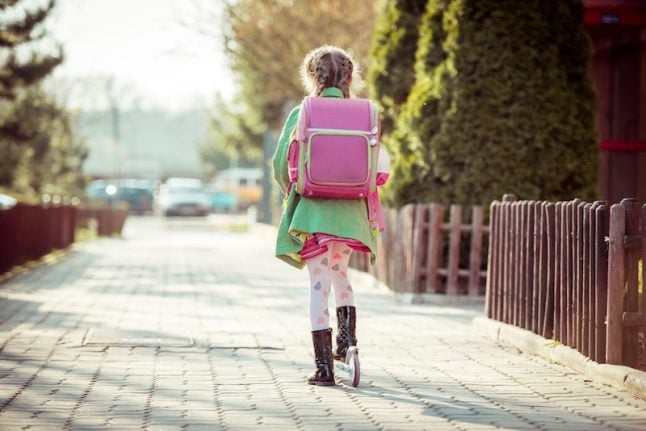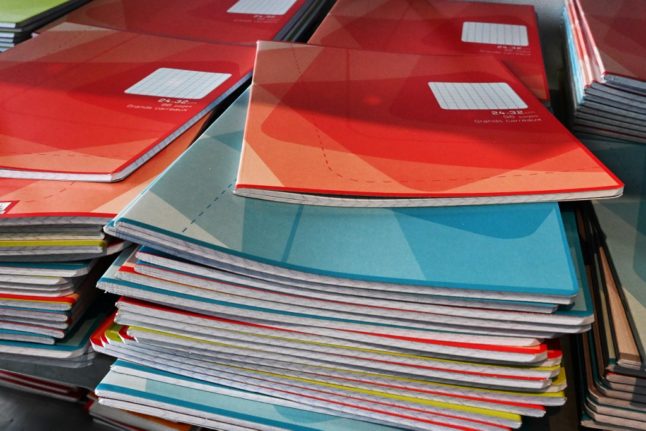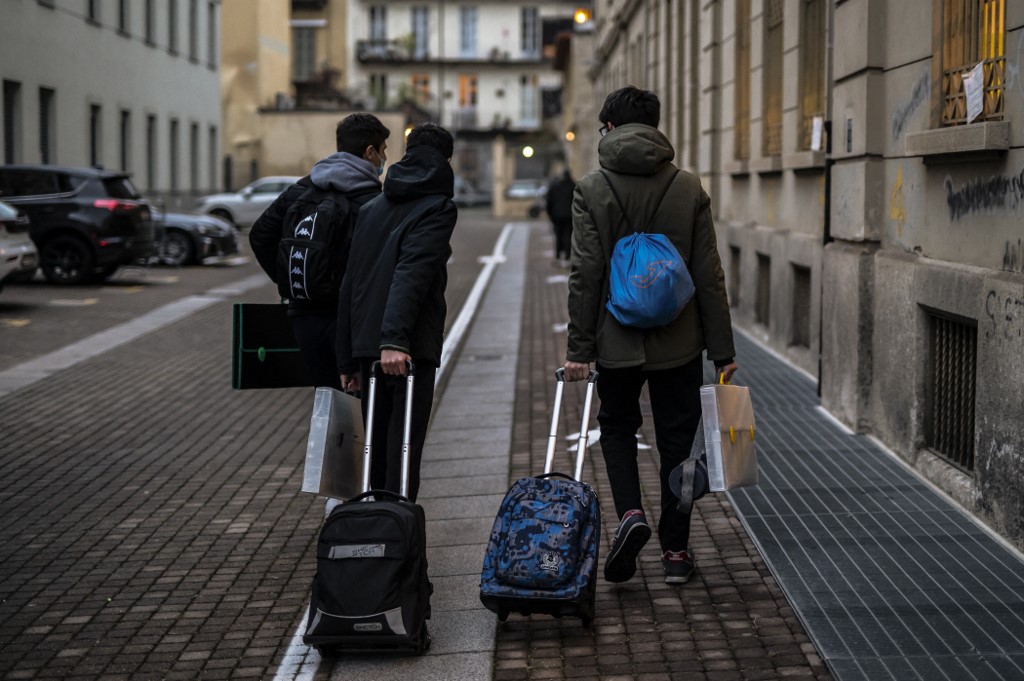Under-14s will require written permission from their parents or guardians to leave school unaccompanied, according to the amendment, which passed the senate’s budget committee on Monday.
The change was proposed after Italy’s minister of education, Valeria Fedeli, last month urged parents to pick up their children because “that’s the law and it must be respected”.
When asked how working parents were supposed to make it to the school gates every afternoon, Fedeli suggested they send grandparents instead: “It’s so nice for us grandparents to do,” she told Italy’s La7 – despite admitting that she was never available to collect her own grandchildren.
Her comments panicked parents and schools alike, raising the prospect of obligatory after-class supervision and potential lawsuits.
Teachers had already been pushing for Italy’s law to be clarified after the Supreme Court of Cassation ruled in May that staff at a school in Florence were liable for the death of an 11-year-old boy who was killed by a bus after leaving the premises on his own.
Democratic Party deputies proposed the amendment earlier this month to let parents to decide whether their children could go home alone, while freeing schools from the need to keep them behind.
From now on teachers will not be held responsible for under-14s if they leave school unaccompanied, so long as guardians have given express permission.





 Please whitelist us to continue reading.
Please whitelist us to continue reading.